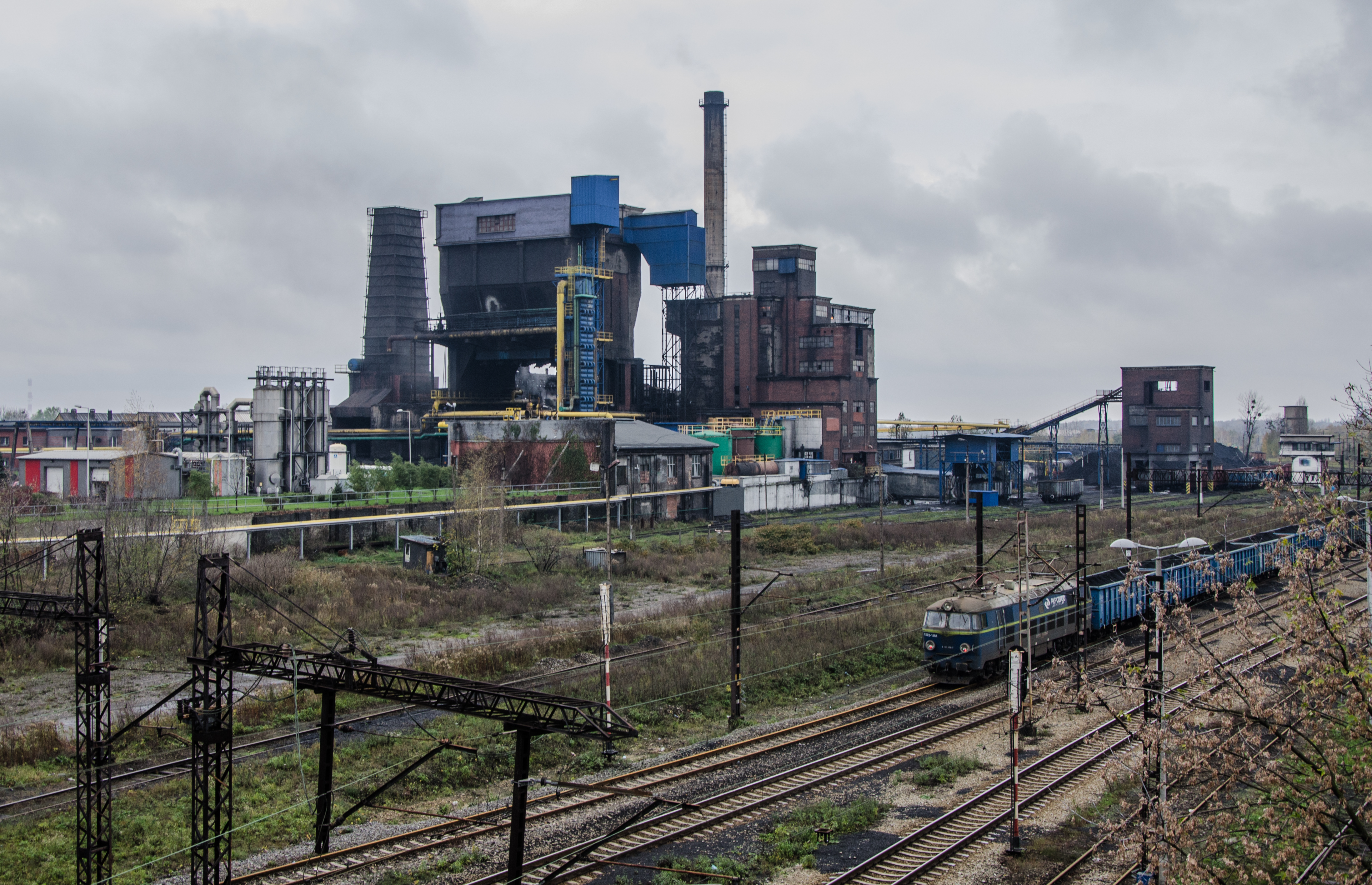By Steve Coulter, LSE
Current polling indicates that Ed Miliband is heading for Downing Street, perhaps with a Liberal Democrat in tow as Deputy Prime Minister. Labour’s historic allies in the trade unions are naturally licking their lips at this prospect. Whatever the outcome of Miliband’s fumbling attempts to further dilute their influence over his party the unions know they are infinitely more likely to be able to influence government policymaking with Labour in power.
But how is this influence likely to be exercised, and to what effect? History is always a useful guide to these things, and the most recent period of Labour government between 1997 and 2010 is quite instructive in terms of its relationship with the unions. The truth is, while many in the union movement celebrated Tony Blair’s victory in May 1997 after 18 years of unbroken Conservative rule and expected their voices to be heard, many of them were in for a disappointment.
Although the Labour Party had been founded by the unions in the nineteenth century, with the two enjoying a close but contentious alliance ever since and with union barons being consulted on policy by Labour politicians as a matter of course, Blair was determined to be different. Scarred by four successive general election defeats and convinced that Labour’s closeness to the unions had played a large part in this, Blair’s ‘New’ Labour ostentatiously distanced itself from the unions and declared itself a party of enterprise and markets to court the union-sceptical median voter.

Prior to New Labour, unions had three main channels of influence over the Labour Party. The first was via their control of party institutions. Labour’s governance and policymaking institutions (Conference, the National Executive Committee and National Policy Forums) were dominated by unions to various degrees through their voting strength, augmented by their ability to act as a bloc. However, as Meg Russell has shown, these were largely dismantled or downgraded by Blair. (True, the union vote got Ed Miliband elected as Party leader, but they have few other means of getting him to do their bidding, and the awkward political symbolism of his reliance on them may be behind current efforts to weaken the link further).
Second, was what rational choice political scientists call ‘political exchange’: the unions, as Labour’s main paymasters, exchange money and other valuable political resources for influence over policy. However, while political exchange is an entirely plausible concept, given the sheer extent of Labour’s financial reliance on them, it is very difficult to find any meaningful examples of policy and resources actually being exchanged. Concessions made to Labour’s union affiliates as part of the ‘Partnership into Power’ process culminating in the 2004 ‘Warwick Agreement’ were mostly symbolic, intended to show unions and activists that New Labour was ‘doing something’ for them. The big union donors regularly threaten to withdraw their support, but these threats are somewhat hollow. Given the absence of an alternative political bridgehead to the left of Labour they realise that the likely consequence of doing this would be election of a Conservative government.
That still leaves a third strategy, which is direct, ‘insiderist’ lobbying by sections of the union movement close to the Party leadership who exploit overlapping goals and shared values to participate in policymaking. Big unions like the old TGWU (now part of Unite) have played this role at various times, but under New Labour it fell to the unions’ peak association, the Trades Union Congress (TUC), which was surprisingly effective as a behind the scenes advocate battling Blair’s determination to do as little as possible for the unions.
This ‘under the radar’ contact had several advantages for both sides. It allowed the TUC to largely monopolise dealings between organised labour and the government, enabling it to effectively deploy its lobbying and policy development resources while rising above sectional industrial interests. Labour benefited from policy input from unions conducted out of the public eye. According to numerous insiders I have interviewed, Blair disliked most union leaders but respected John Monks, the TUC’s General Secretary, and was prepared to listen to him. Blair’s ‘sofa government’ was in many ways ideally suited to an insider strategy as it bypassed conventional channels of influence and put a premium on informal networks. Monks made sure never to get into a fight with Blair over anything important; in return, TUC officials were placed on key committees and were allowed some input into policy deliberations with departmental ministers and advisers.
Of course, the TUC’s actions did not really blunt the New Labour government’s market-friendly orientation. The TUC was thwarted in its attempt to bring its own policy campaigns onto the table (ideas for German style ‘social partnership’ between workers and employers were cold-shouldered, for example) and its influence was largely confined to making sure Labour stuck to its manifesto commitments. Engagement largely petered out after Labour’s first term as Blair’s attention turned to public sector reform and his foreign adventures. Tension born of frustration led to conflict with the sectoral unions in New Labour’s second and third terms.
But the importance of the TUC’s ability to maintain contact between party and unions beyond the perfunctory should not be underestimated. Effective lobbying by Monks helped ensure that the level of the National Minimum Wage would be uprated annually by the Low Pay Commission – the first genuinely tripartite body to be set up since the 1970s – rather than set by Gordon Brown’s Treasury. Statutory union recognition laws contained in the ‘Fairness at Work’ Act were fiercely opposed by employers, but determined lobbying by the TUC kept its fundamental provisions intact. Urged by the TUC, Labour signed the EU Social Chapter, and though it blocked its more radical components like the 48 hour week at the behest of the CBI, the Chapter has provided for a steady trickle of social legislation over the years.
To downplay these achievements is surely to overestimate the room for manoeuvre for centre-left parties and their trade union allies in market-oriented economies with weakly institutionalised trade unions, such as the UK. To shore up New Labour’s right flank, Blair would have preferred to have ignored the unions entirely, but he was reluctantly persuaded otherwise by the TUC.
So how might the relationship work under an Ed Miliband government? Miliband is unlikely to repeat Blair’s thumping 179 seat first term majority, of course. On the other hand, thanks to the advent of four-party politics, pundits estimate that Labour could win power with just a 1% lead in the share of the General Election vote. This creates room for a more ideological, core-vote strategy by Labour, which is less likely to be undermined by public dalliances with trade unions. Hence, there may be less need for a TUC-dominated insiderist strategy and there are indications that the powerful Unite union could usurp much of the influence the TUC had under Blair. Prepare for a bumpy ride.
Steve Coulter teaches European political economy at the London School of Economics.
This blog post first appeared on the Political Studies Association blog: http://www.psa.ac.uk/insight-plus/blog




